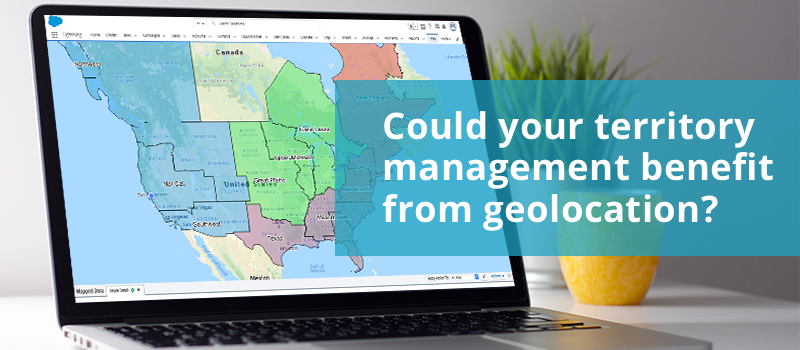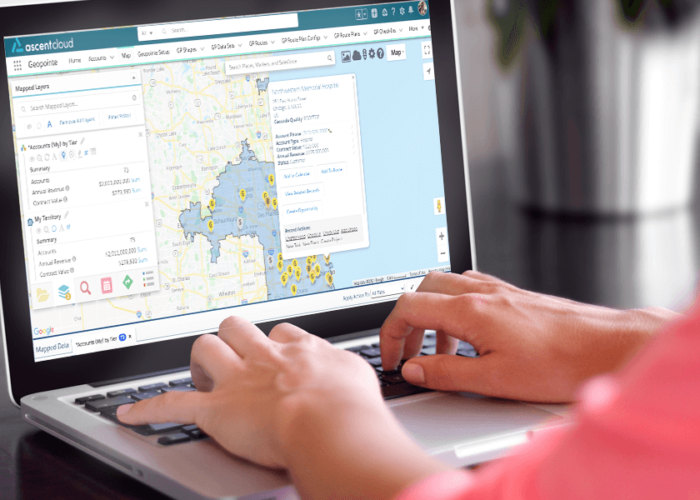
“Territory management” – everyone’s talking about it but is everyone doing it? And, if they are, are they doing it correctly?
We venture to say no and no. And, we’ve got some tips to help you out.
First of all, if you do not currently implement a territory plan, we would encourage you to check out some stats provided by Xactly:
- Organizations that use automated territory planning technology have up to 20% higher sales achievement than the average
- Enterprises will miss the equivalent of up to 10% of annual sales lost opportunity that could have been captured through improved management of sales territories, quota and compensation plans.
When considering your territory management plan, it’s imperative you have a clear understanding of what territory management really is. Let’s clear up any misconceptions:
Territory management is the continuous analysis and planning that aligns an organization’s customers and prospects with the goals of the organization itself and enables execution against that plan.
The word “continuous” is worth noting. Territory management is a process that needs to be nurtured and maintained throughout the year, continually verifying its success against the plan you have laid out.
Plan
While territory management cannot be a “one and done” plan for the year, it does require a plan as step one.
For more on setting up your plan for territory management, check out the short clip below from our webinar, Beat Your 2019 Sales Targets With Optimal Territories, with Geopointe VP of Sales, Mark Baird. Mark shares insights regarding some of the most important factors to consider when planning your territories.
What to consider when making your plan:
- Growth expectations
- Staffing
- Consumer disruption
- Equity
- Time
- Unplanned interruptions
Optimize
Once you have your basic plan laid out, there will probably be small adjustments needed in order to optimize it. Ideally, you would be able to see your territories with your customer data in order to best make changes to create equitable territories.
Geolocation is critical when optimizing territories. Rather than pulling multiple reports and trying to merge the data, with geolocation you can see your territories on a map and then overlay with the pertinent customer data.
Click below to hear how Mark was able to accomplish this task for the Geopointe sales team.
What to consider when optimizing your plan:
- Need technology to optimize productivity
- Review data
Execute
Rolling out your territory management plan is where you’re going to see the value of your territories or the shortcomings. Geolocation technology offers a myriad of features that benefit both the sales manager and the sales rep.
By placing your data on a map, you see things like revenue, number of customers, number of prospects, customer tiers or segments, specific sizes, etc. Geolocation also helps sales reps also increase productivity when making trips in their territories. With defined territories, reps can not only visit “their customers” who are top of mind but have visibility of all customers and prospects in the area.
Click below to learn how Mark was able to better see the value in his team’s territories after executing their territory plans.
What to consider when managing your plan:
- On-boarding new sales team members
- Productivity for territory trips
- Simplification of account transition
- Automated lead assignment based on territory
If you’d like to watch our Beat Your 2019 Sales Targets With Optimal Territories webinar featuring Geopointe’s VP of Solution Engineering, Eric Baird, and VP of Sales, Mark Baird, in its entirety, click below!
The webinar includes how to build a solid foundation for your 2019 selling efforts by getting the right territory model in place now, setting your reps up for success by meeting their goals with balanced territories and preparing for growth and transition as your sales team evolves.



